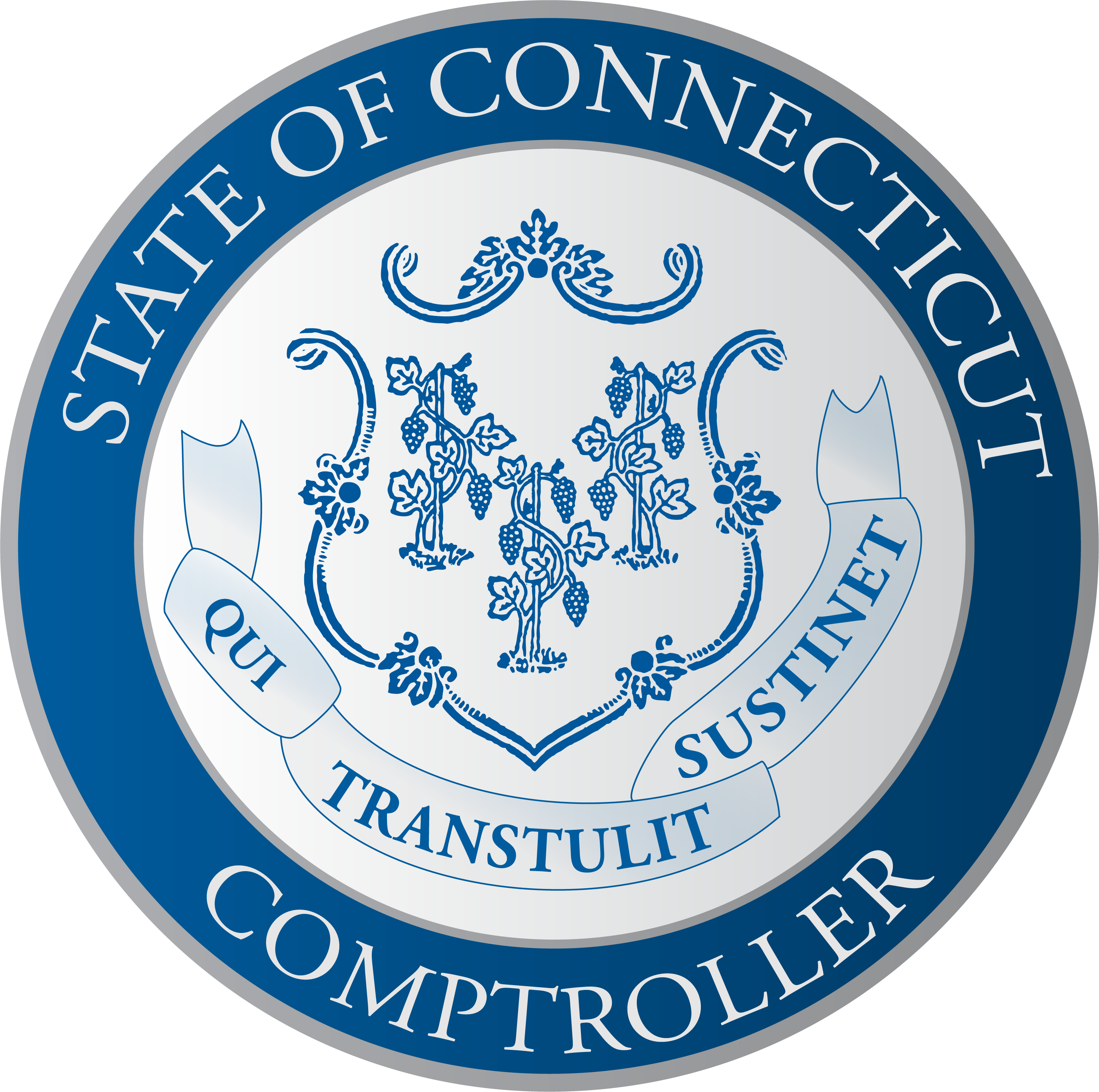Skip to content
osc.rsd@ct.gov
165 Capitol Avenue, Hartford, CT 06106
Group Counseling Session Sign Up Retirement Calculators Frequently Asked Questions
Customer Service
(860) 702-3480osc.rsd@ct.gov
165 Capitol Avenue, Hartford, CT 06106
Group Counseling Session Sign Up Retirement Calculators Frequently Asked Questions
Retiree Calendar
| 6/28 | Pay Check DepositEdit |
| 6/11 | Retirement Counseling 1:00pm - 2:30pm Edit |
| 5/31 | Pay Check DepositEdit |
| 5/14 | Retirement Counseling 1:00pm - 2:30pm Edit |
| 5/7 | Retirement Enrollment Training and Q&A 10:00am - 11:00am Edit |
| 4/30 | Pay Check DepositEdit |
| 4/16 | Retirement Counseling 1:00pm - 2:30pm Edit |
Upcoming Meetings
| 5/17 | Medical Examining Board |
| 5/16 | State Employees Retirement Commission Meeting |
| 5/8 | Personnel & Litigation Subcommittee |
| 5/3 | Medical Examining Board |
| 4/24 | Regulations and Overpayments Subcommittee |
| 4/19 | Medical Examining Board |
| 4/18 | State Employees Retirement Commission Meeting |
| 4/10 | Personnel & Litigation Subcommittee |
| 4/5 | Medical Examining Board |
